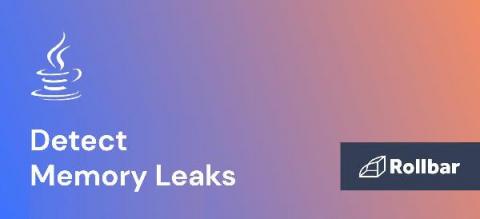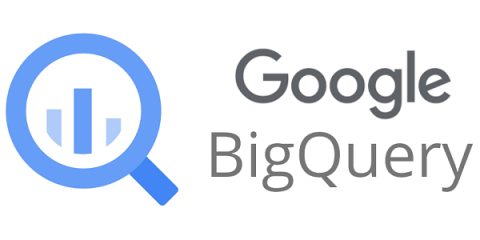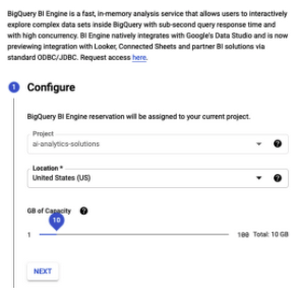Updates from Bugfender Q1, 2021
Welcome to the spring Bugfender newsletter! We’ve been working on the past months improving some of our SDKs, making it easier to integrate Bugfender thanks to API improvements and introducing some new features to make your debugging experience even better. Furthermore, we’ve been actively writing fresh content for our blog. Make sure you don’t miss out on our featured articles for this quarter below!










